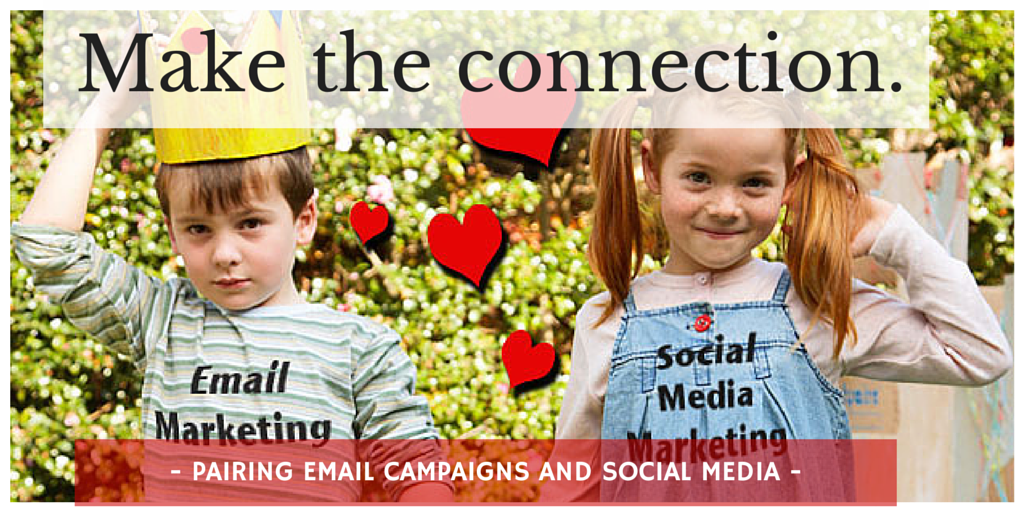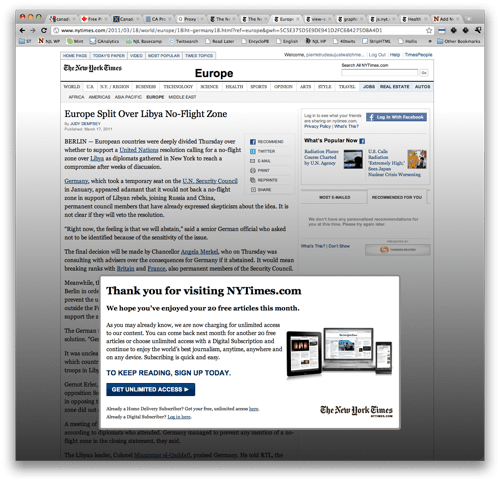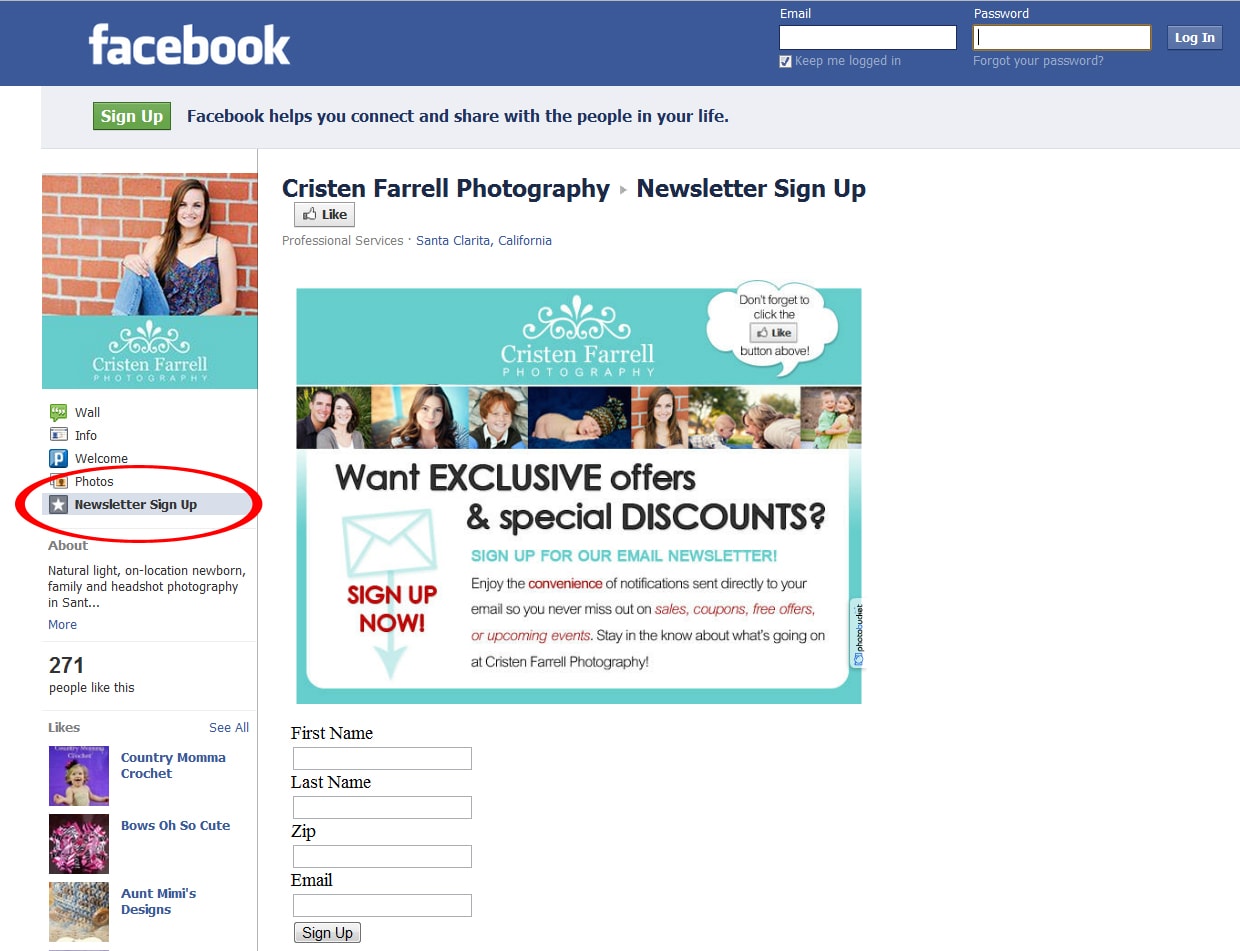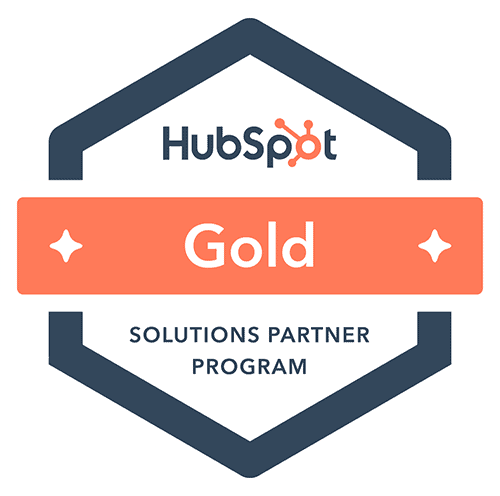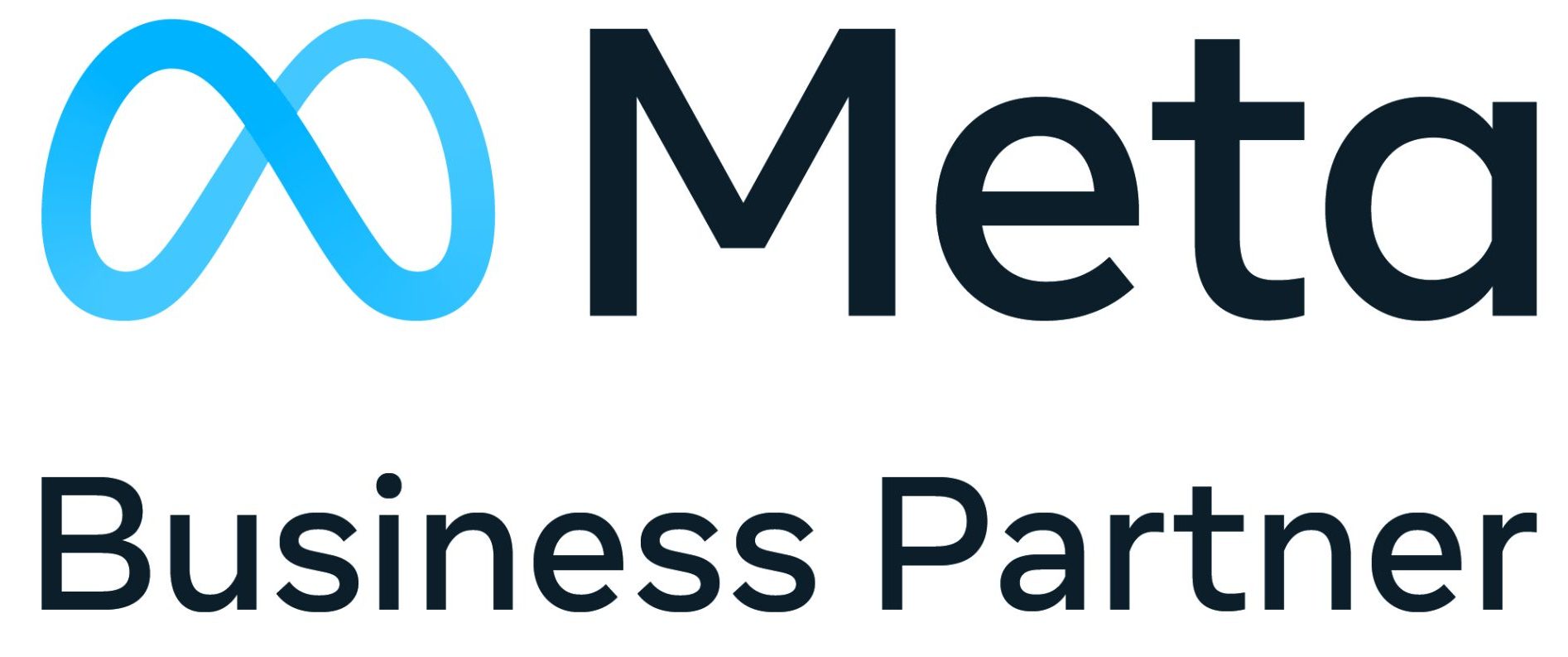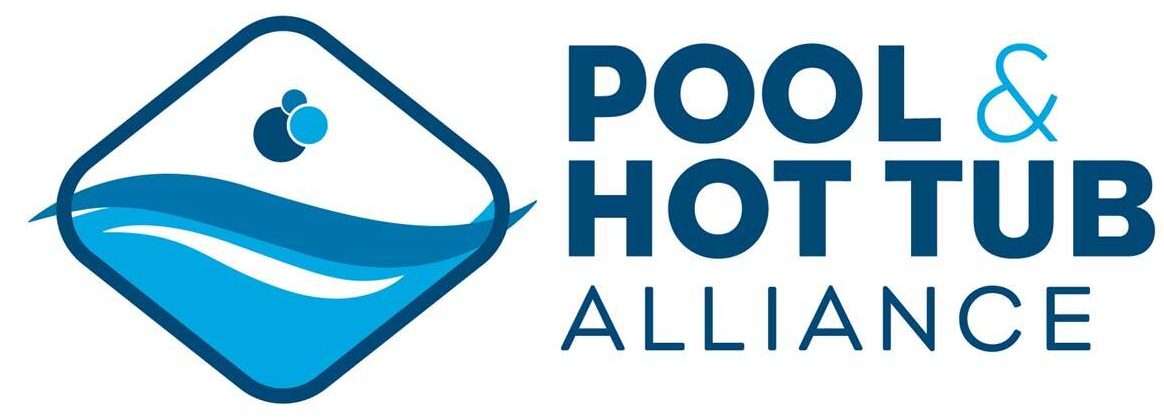As you look at your marketing strategy, you may tackle email campaigns and social media separately. You may even have different people working on each. After all, one is social media management and the other is content marketing, right?
However, this approach means you’re missing a great opportunity to drive traffic to both avenues by playing them off one another. So sit down with your marketing team and coordinate a process that will generate more leads. Here are some tips to get your started.
Make sure that your social media posts correlate with your email marketing campaign and vice versa. In fact, you can take it one step further and create content on your website that is only available to those who sign up for an email subscription – known as “email-gated content.” Then provide links to that content in the emails you generate. Also, link the content on your Facebook posts so that, when someone clicks on the link to read more, he is first directed to a page on your website that says something to the effect of, “To read more of this article, please become a subscriber.”
Of note, the reality of this approach is that some people will determine your content may not be worth the subscription. Which means you need to make content that is worth reading. But that’s a whole other blog post.
The first error that businesses make in marketing their email newsletters is having the subscription sign up only available on their website. This is pure nonsense from a marketing standpoint, because you want to really hit any potential leads from every angle. Which is why you need a button on your Facebook page that allows followers to sign up for emails. And a cover image that points visitors directly to that little box underneath that calls for email subscriptions (sometimes people need a visual!).
Also, consider making discount offers through your social media profiles that – you guessed it – require potential customers to sign up for an email subscription to be eligible for the discount or contest. Contests can be anything like Lay’s campaign to vote for a favorite new potato chip flavor to being put in a drawing for free swag. And guess what, there are Facebook apps available for business pages that pull a user’s email address automatically when they allow the app access to their profile.
When it comes to Twitter, you don’t have a lot of room to post links to email-gated content – 140 characters doesn’t get you far. Consider using sites like bitly.com to generate mini links to your content (added bonus: you can follow where your leads come from through their website, for free). Another option on Twitter is to plug the benefits of subscribing at every opportunity, such as exclusive offers and articles that provide relevant information. Twitter’s Lead Generation Cards might be another helpful adversary.
Essentially, what’s most important is making sure that you spread access over every platform you have available to potential customers. When you’re coming at them from all angles, you’re more likely to gain access to their important information – like an email address – so you can… well… continue to come at them from all angles.
By: Michelle L. Cramer

